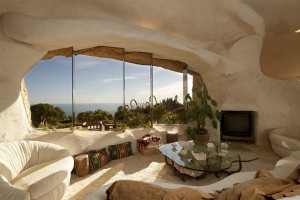Two Cultures
During my nineteen years at Penn I have served as a faculty member in two departments, architecture in the School of Design, and real estate in the Wharton School. I discovered many small differences: the real estate faculty is more social, with a Christmas party and an end of year barbecue; architects are less punctual and more long-winded than economists; the business school has better box lunches at faculty meetings. But what struck me most was the differences in academic cultures.

Medical schools do medical research, business schools advance the theoretical state of the art,

